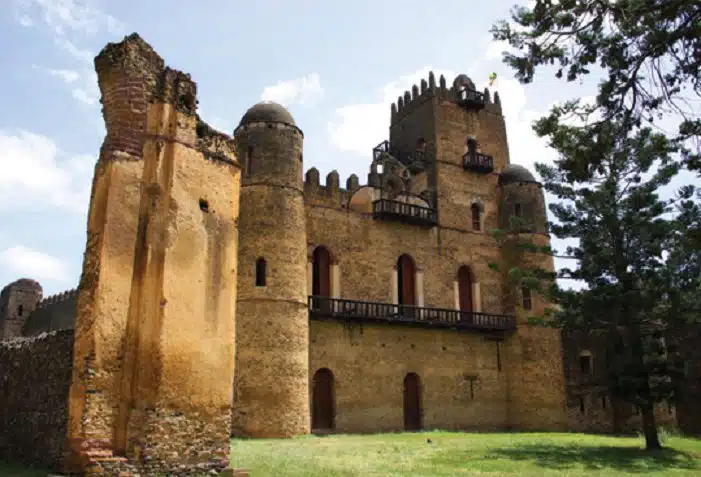Ethiopia is a land of breathtaking landscapes, ancient history, and vibrant culture. As someone who has explored this beautiful country, I’m thrilled to share my experiences with its UNESCO World Heritage Sites. These landmarks are treasures that showcase Ethiopia’s unique contributions to human history and nature. Let’s dive into these extraordinary places.
1. The Rock-Hewn Churches of Lalibela
When I first arrived in Lalibela, I was awestruck by the sight of 11 medieval churches carved directly into the rock. Built in the 12th century, these structures are a testament to Ethiopia’s rich Christian heritage. Walking through the dimly lit tunnels and standing inside the monolithic Bete Giyorgis (Church of St. George) was a humbling experience. It felt like stepping back in time.
2. Aksum: The Ancient Kingdom’s Legacy
Aksum is another incredible site that left a deep impression on me. This ancient city was the heart of the Aksumite Empire, one of the great civilizations of the ancient world. The towering obelisks, the ruins of palaces, and the ancient tombs speak volumes about Ethiopia’s historical significance. Don’t miss the Stelae Park – it’s truly fascinating.
3. Simien Mountains National Park
Nature lovers, this one’s for you! The Simien Mountains National Park offers dramatic landscapes, rugged peaks, and deep valleys. I was lucky enough to spot the rare Ethiopian wolf and the friendly gelada baboons during my hike. The views from the mountain ridges are simply unforgettable.
4. Harar Jugol, the Walled City
Exploring Harar’s narrow alleys was like walking through a living museum. Known as the “City of Saints,” Harar is considered the fourth holiest city in Islam. Its colorful markets and traditional houses add to its charm. One of my most memorable moments was witnessing the unique tradition of feeding hyenas just outside the city walls.
5. Lower Valley of the Omo
Visiting the Lower Valley of the Omo was a surreal experience. This site is renowned for its archaeological significance, as it has yielded some of the oldest human fossils ever discovered. Meeting the indigenous communities and learning about their customs added a personal touch to my journey.
6. Lower Valley of the Awash
Similar to the Omo Valley, the Lower Valley of the Awash is a treasure trove for archaeologists. This is where the famous fossilized remains of Lucy (Australopithecus afarensis) were discovered. Standing in the area where such an important piece of human history was uncovered was truly inspiring.
7. Tiya: The Mysterious Stelae
Tiya is one of the lesser-known UNESCO sites but no less fascinating. The field of ancient stelae, engraved with mysterious symbols, intrigued me. These monuments mark the burial sites of warriors, but their exact meaning remains a mystery.
Why Visit Ethiopia’s UNESCO Sites?
Ethiopia’s UNESCO World Heritage Sites are not just places to visit; they are experiences that connect you to humanity’s shared history. From ancient churches and kingdoms to stunning natural landscapes and archaeological wonders, each site offers a unique glimpse into Ethiopia’s rich past and vibrant culture.
Plan Your Trip
If you’re considering a trip to Ethiopia, I highly recommend including these UNESCO World Heritage Sites in your itinerary. Each site has its own story and charm, making your journey unforgettable.
Have you visited any of these incredible sites, or are you planning to? Let me know in the comments – I’d love to hear your thoughts and experiences!




